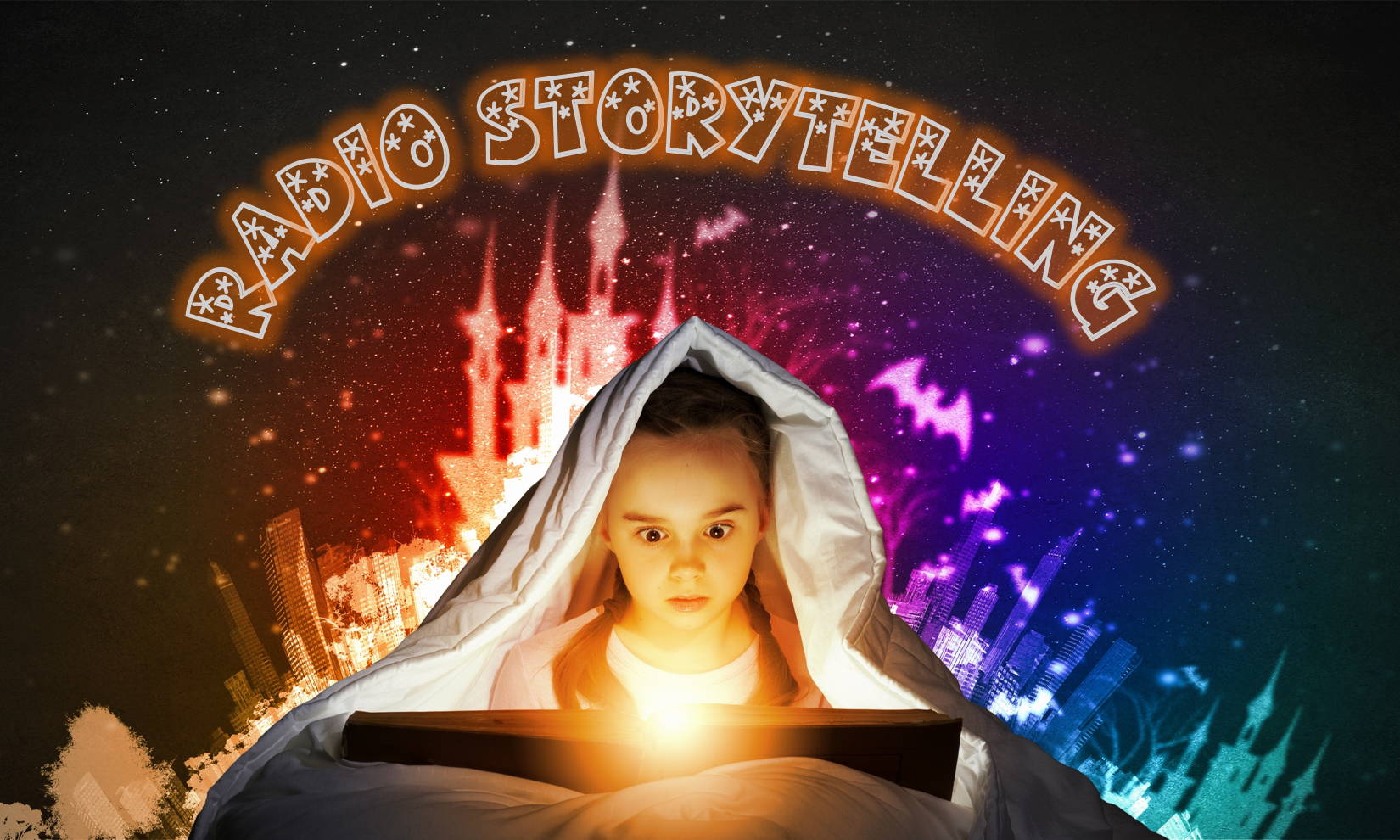
You hear the anecdotal evidence all the time, from both sides of the fence.
Some are incredulous that anyone listens to the radio anymore. The conventional wisdom is that modern technology has left an old fashioned medium like radio behind. We’ve moved on from old time radios, and onto smart speakers, smart phones, and connected everything.
As we saw once again in CES this past January, even the radios on displayed at the Las Vegas Convention Center are designed to look retro – another word for old. Made by names like Crosley, Victrola, and RCA, these “radios” look like they were manufactured during World War II, but have modern features like Bluetooth connectivity.
We’re now seeing the problem of disappearing radios – especially in people’s homes, apartments, condos, and dorms – manifesting itself during the COVID-19 crisis. Radio fans are now turning to streams on all sorts of devices – phones, tablets, laptops, and smart speakers – to listen to their favorite radio stations.
For prescient radio companies that made sizable investments in these digital tools, the disruption caused by the virus is a problem, but nowhere near as serious as it is for operators who have either being in “digital denial” or only begrudgingly spent a bare minimum on apps, streams, and other tools designed to grow radio’s reach – not diminish it.
Wall Street should be asking broadcasters about their digital commitments because they are emblematic of a company’s vision and long-term strategy. This is how radio will survive the competitive headwinds of new technology, not to mention unforeseen disasters – like a global pandemic, for example.
 Now, on the other side of the ledger is radio leadership, often exuding a “What’s the problem?” mindset. After all everyone listens to the radio. When north of 90% of adult Americans tune in an AM/FM radio in a typical week, it’s business as usual.
Now, on the other side of the ledger is radio leadership, often exuding a “What’s the problem?” mindset. After all everyone listens to the radio. When north of 90% of adult Americans tune in an AM/FM radio in a typical week, it’s business as usual.
But of course, it’s not. On the one hand, radio has maintained its foundation, despite the onslaught of new audio technology – from satellite radio to podcasts to Bluetooth-enabled cars. And while many argue that “radio isn’t as good as it used to be,” the same could be said of movies, Broadway shows, TV sitcoms, and of course, newspapers.
Reach numbers are one
The fact is, despite staff cutbacks, budget slashing, and other resource depletion, many radio stations in this country are acquitting themselves well during this crisis, providing solid service to their communities, and enjoying a renewed role in consumers’ lives. We’ve seen that spirit these past few weeks as station personnel – often working in less-than-ideal environments with skeleton crews – are finding a way to get it done.
Still, there is that gap between the numbers Nielsen reports and those that many members of the public believe about broadcast radio. So, which is it?
That was one of the things we wanted to learn about in this year’s Techsurvey. We designed a question that asked respondents to estimate the 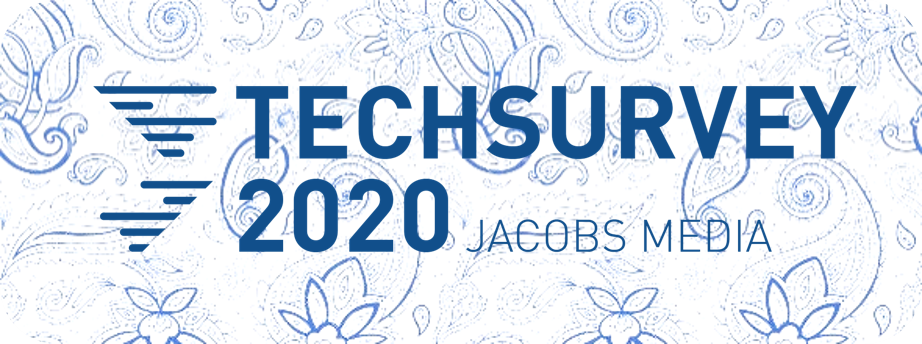 percentage of adult Americans who listen at least weekly to Pandora, Spotify, SiriusXM, and of course, broadcast radio.
percentage of adult Americans who listen at least weekly to Pandora, Spotify, SiriusXM, and of course, broadcast radio.
Now keep in mind, our Techsurvey sample is, by definition, comprised primarily radio fans. They’re members of station email databases, and many visit station websites and social media pages. So, you’d think that is anyone would think radio has strong listenership, they would.
The hardest part was attempting to nail down the actual weekly adult audiences for these non-radio platforms. We ended up having to use SiriusXM’s year-end subscriber totals (30 million), and then relied on Edison/Triton’s recently released Infinite Dial study for the listening levels of Pandora and Spotify, based on 12+ consumers. So, our “actual” numbers are estimates, and not dead-on accurate.
But the pattern is clear, as you can see on the chart below. Our radio-centric respondents over-emphasized the listening audiences of radio’s competitors. And they greatly undershot broadcast radio’s actual weekly cume:
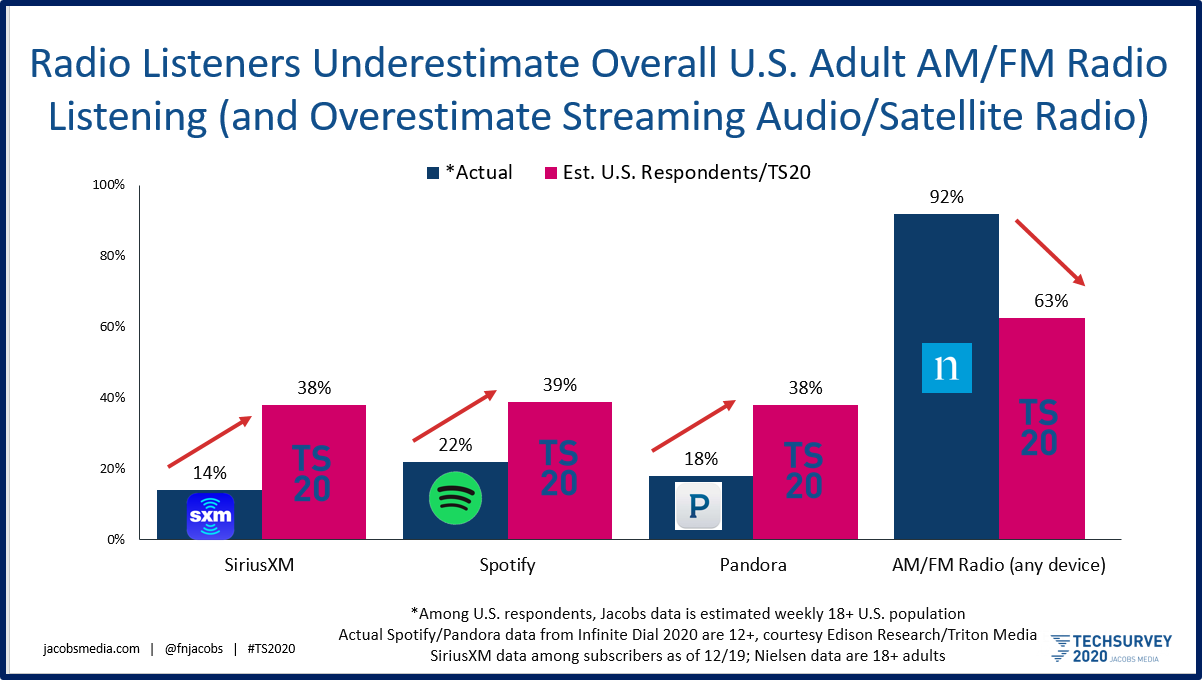
Now, you can rationalize all this if you thinking about why consumers would have a clue about how many people listen to various audio platforms. But it is their perceptions that create the reality we’re living through.
For some time now, frustrated radio executives have suggested that radio needs to do a better job telling its story. And this chart from TS20 suggests they’re not wrong. Could programming be better, could stopsets be shorter, and could produced radio spots be more effective? It’s hard not to respond in the affirmative to all three questions.
But even if you believe radio is a shadow of its former self, the numbers are the numbers. Yes, when you break it down more granularity, radio’s strength skews toward Gen X – and beyond. Fewer Millennials and their Gen Z little brothers and sisters are engaged or they never listened much in the first place.
And that’s why the current COVID-19 crisis provides an opportunity for radio to make an impact when Americans need it most. Many stations are doing some of their best work in years, despite a lack of human and financial resources.
Last week, we launched a flash websurvey all about the virus: how radio listeners are feeling as “stay at home” orders have become nearly ubiquitous, what they expect from their favorite stations, and how those stations are performing under increasingly difficult – and even, at times, dangerous conditions. We actually conducted three of these studies for commercial, public, and Christian music radio – a total of 170+ radio stations, and networks as diverse as NPR and K-LOVE, generated more than 44,000 responses. And we asked them how their go-to stations were performing during COVID-19. Here’s the commercial radio scorecard:
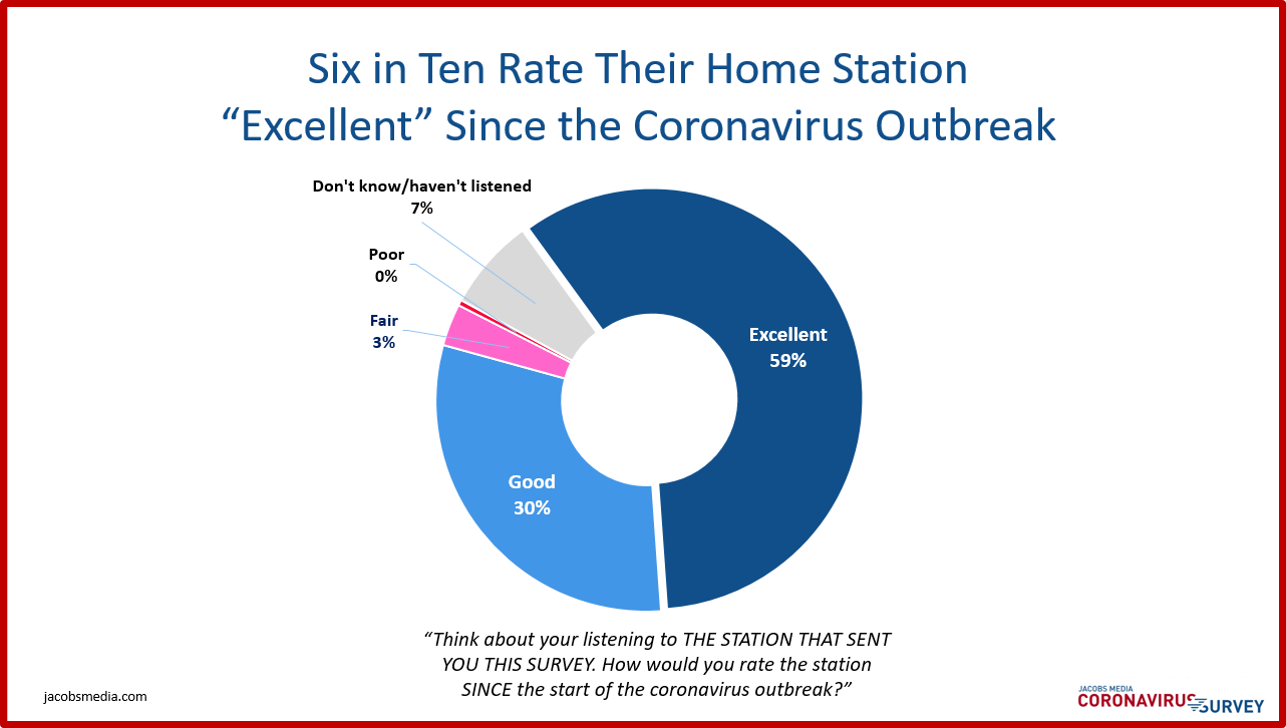
The “excellent” scores run even higher in public and Christian music radio.
But the proof is what comes out of the speakers, and what radio listeners are talking about on social media. In market after market – big and small, PPM and diary, big companies and mom & pops – broadcast radio stations are stepping it up. At a time when habits are shifting and people’s lives are disrupted, radio is the audio medium for this moment: real time, local, and personal.
One of the fine examples is WDRV/Chicago, Hubbard’s Classic Rock station programmed by Rob Cressman. Early on, Rob went all-in with coverage that while helpful and unique for a music station in 2020, didn’t get in the way of his station’s entertainment proposition. The station started hourly COVID-19 updates at 19 past each hour – “C19” – as they call it.
And every Friday night is Chicagoland Sing-Along to a great Classic Rock song. Downtown skyscrapers are cooperating with their lighting, while the suburbs are lit up mostly with flashlights. The very first featured “We Will Rock You” and Queen’s Brian May cut the station a personal video. Tomorrow, it’s Survivor’s “Eye of the Tiger,” and the band’s colorful Joe Peterik.
The montage below shows morning guy Brian Sherman of the “Sherman & Tingle Show” anchoring from his home studio, Peterik, and a common C-19 Facebook comment.
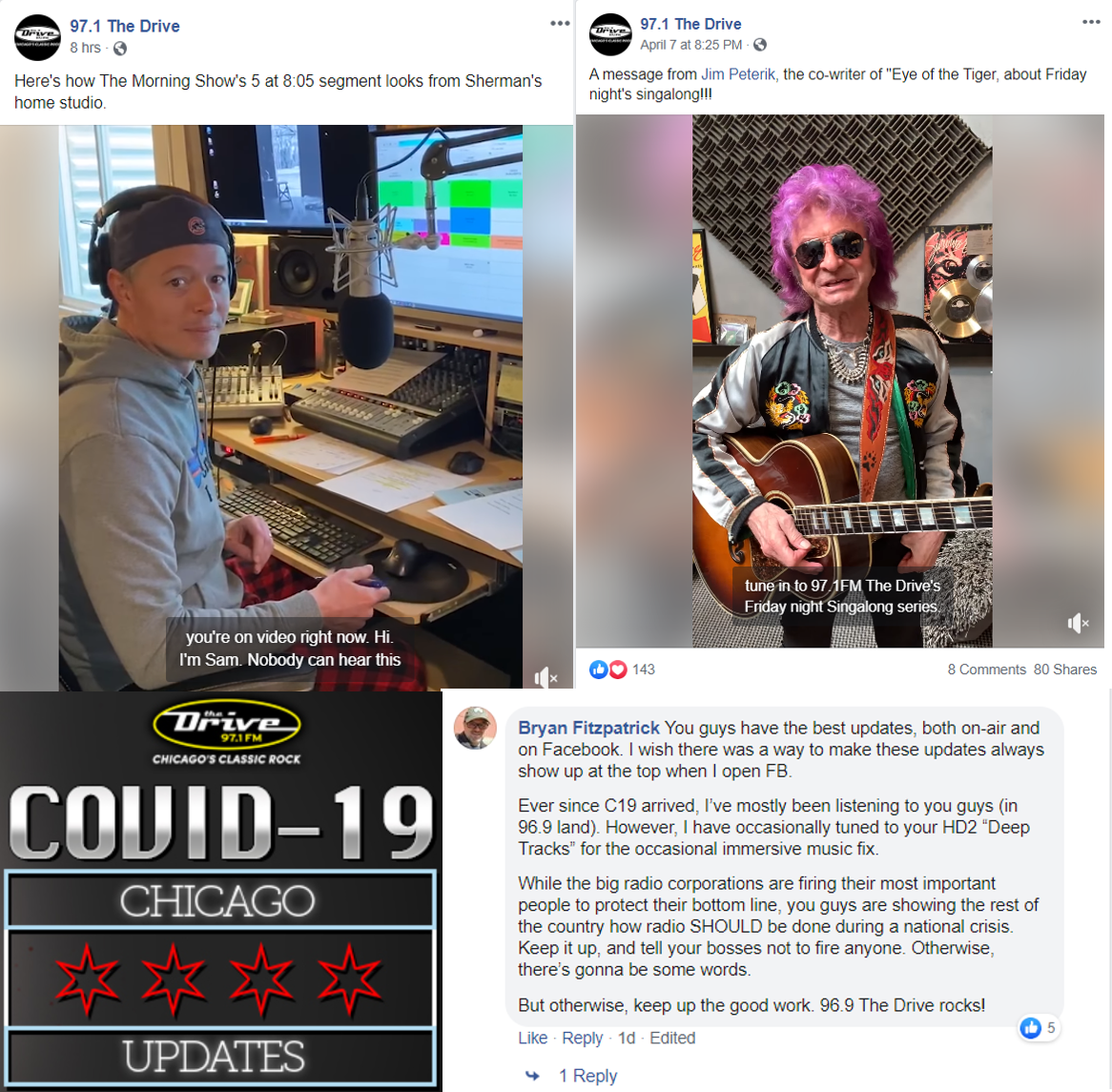
And I haven’t told you about the Drive’s TV campaign, featuring its high-profile personalities, talking about the crisis, and how the station will be there to endure it with the audience.
Still, all of these great moments in programming, marketing, and community support have a tendency get lost in the flurry of day-to-day radio station activity – especially in the eye of the storm. Too often, the PD moves onto the next challenge, the sales department has a new quarterly goal to meet, there are new digital benchmarks to hit, and some of the great accomplishments of the moment are not properly archived, nor are their stories properly told.
Throughout COVID-19, it is not the least bit surprising to me to see radio lean into this disaster to meet the gravity of this moment. We’re accustomed to seeing radio provide solid local and regional coverage when there’s a natural disaster, a shooting, or other calamity that hits a market. But as it’s been described, this virus is the equivalent 9/11 in every market in the country. Right now today during crunch time, radio broadcasters are doing some amazing things, but will those great stories been told?
So, that’s why a return to WDRV is a teaching moment. Rob sent me a brief presentation they put together around their first singalong, featuring Queen. It’s just a few slides, but does a great job of summarizing the impact – on the air, in social media, and on other Chicagoland media outlets. It’s the type of packaging radio needs more of, especially given the perception problems the medium is facing.
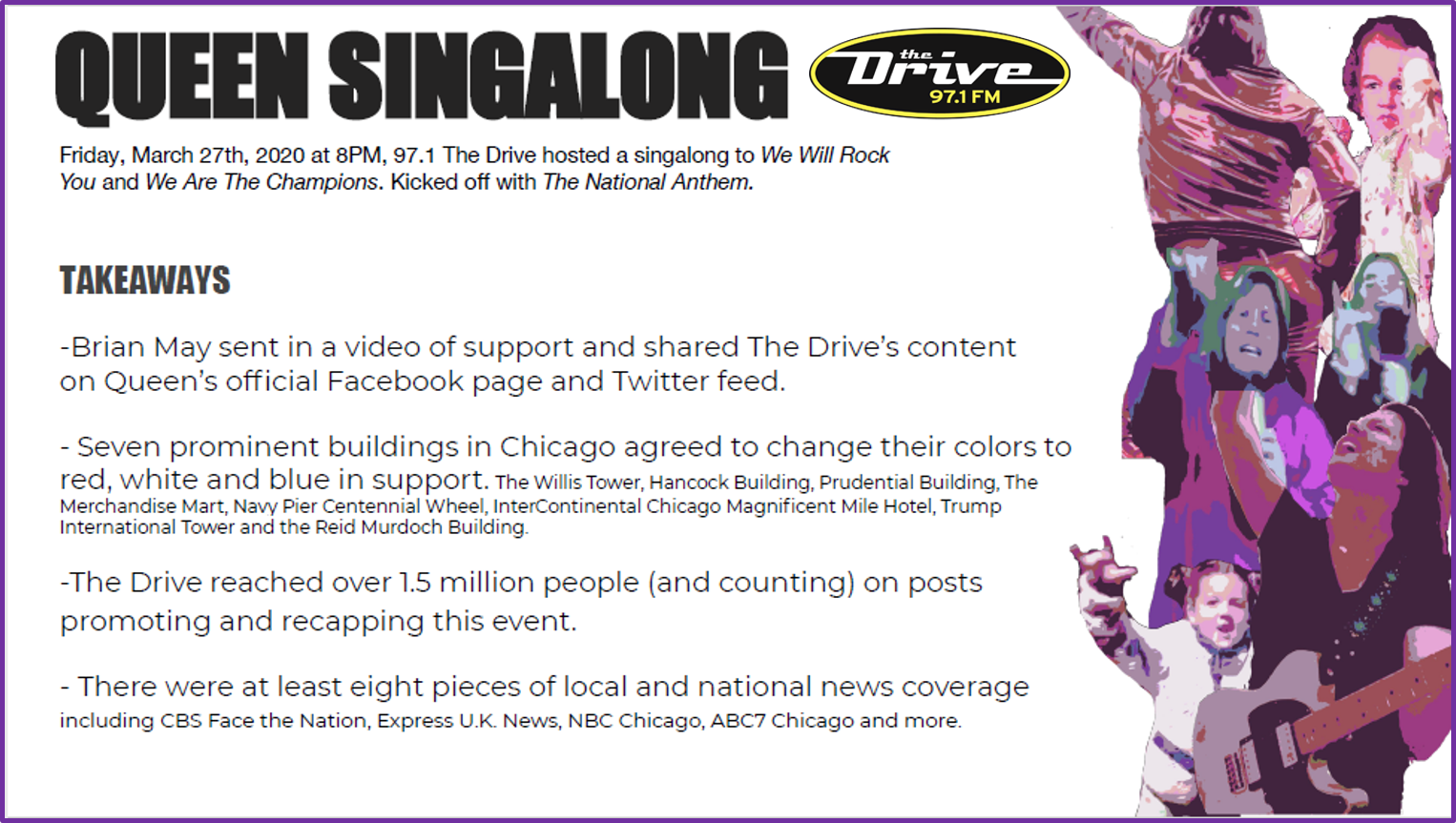
We will get past this moment, the media landscape will settle down, and even though there will be a so-called “new normal,” marketers will market, and advertisers will advertise. But their perceptions of the media choices around them could be altered by this game-changing moment in time. This is the opportunity to save and savor radio’s successes so our Techsurvey chart won’t look the same way a year or two from now. It will be up to local sales departments, corporate sales marketing teams, and the RAB to seize this moment, and begin to move perceptions.
Broadcast radio needs to close its perception/reality gap with some of its biggest fans.
Not to mention media buyers and planners.
Speaking of the RAB, Jacobs Media is partnering with them to present two free COVID-19 webinars next week, highlighting our new survey. One presentation will be directed at anyone in the radio broadcasting industry; the other is aimed at advertisers. It’s on Wednesday, April 15th at noon ET. And yes, we’re telling radio’s story. Register for it here.
- What To Do If Your Radio Station Goes Through A Midlife Crisis - April 25, 2025
- A 2020 Lesson?It Could All Be Gone In A Flash - April 24, 2025
- How AI Can Give Radio Personalities More…PERSONALITY - April 23, 2025




Leave a Reply